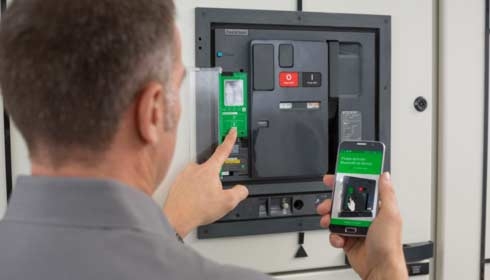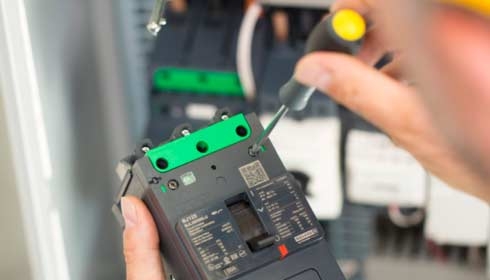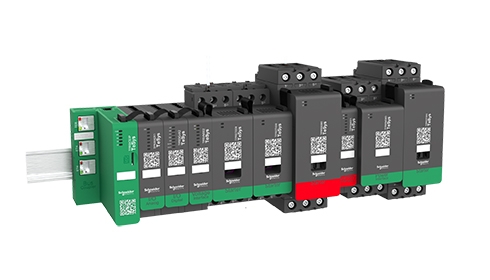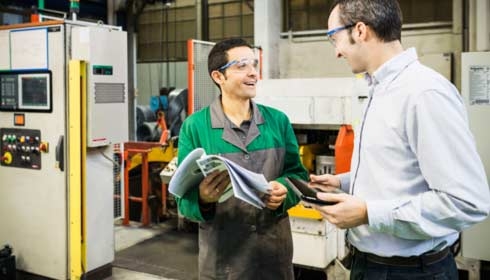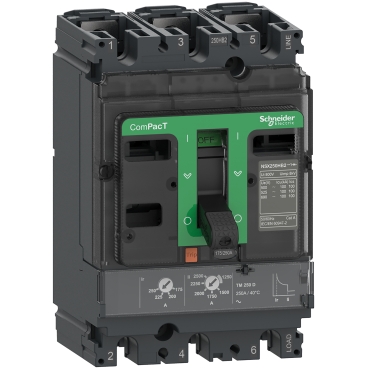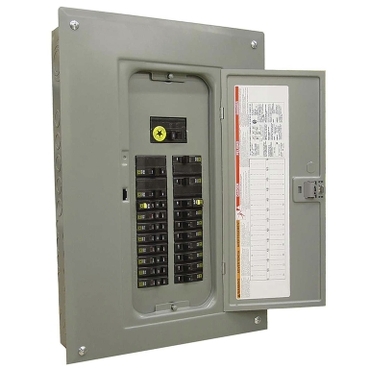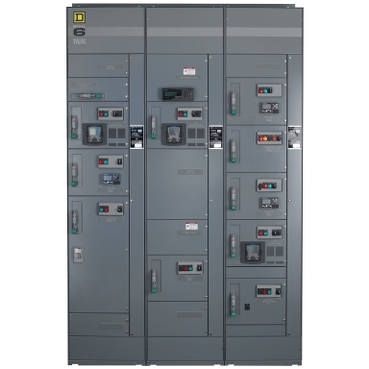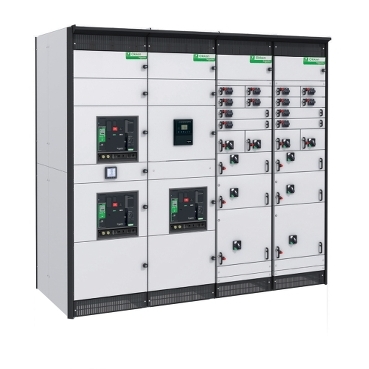1. What is a low-voltage electrical distribution system?
A low-voltage electrical distribution system consists of devices like panelboards, distribution boards, molded case circuit breakers, busways, and switches. These devices safeguard electrical circuits and switch electrical energy. This system is a part of electric energy distribution and transports power from distribution transformers to the electricity meters. According to their unique requirements, multi-family residential complexes, industrial sites, and commercial buildings use such distribution systems to cut off or control their electrical supply.
2. What are low-voltage products?
Low-voltage electrical distribution products are products that use less than or equal to 50 volts of electricity. The most common voltages are 12 V, 28 V, or 48 V. Some common examples of low-voltage electrical distribution products are doorbells, landscape lights, and security sensors. Schneider Electric offers safe and reliable low-voltage electrical distribution products like circuit breakers, buses, enclosures, panelboards, and switchboards.
3. How to design a low-voltage power distribution system?
Most of the differences in the design and layout of low-voltage networks are determined by the nominal voltage of the network since the low voltage distributes electrical energy to the broadest class of end consumers. Therefore, the main concern in designing a low-power distribution system is the safety of consumers when handling electrical devices and protecting them. An earthing system in combination with protective devices such as fuses and residual current protective devices must be installed to ensure that a person doesn't come into contact with a metallic object. Especially, an object whose potential is relative to the person's potential (which in turn is equal to the earth potential, unless insulating mats are used) exceeds a "safe" threshold, generally set to around 50V. Schneider Electric can help you design safe and reliable low voltage power distribution systems with their state-of-the-art solutions.

